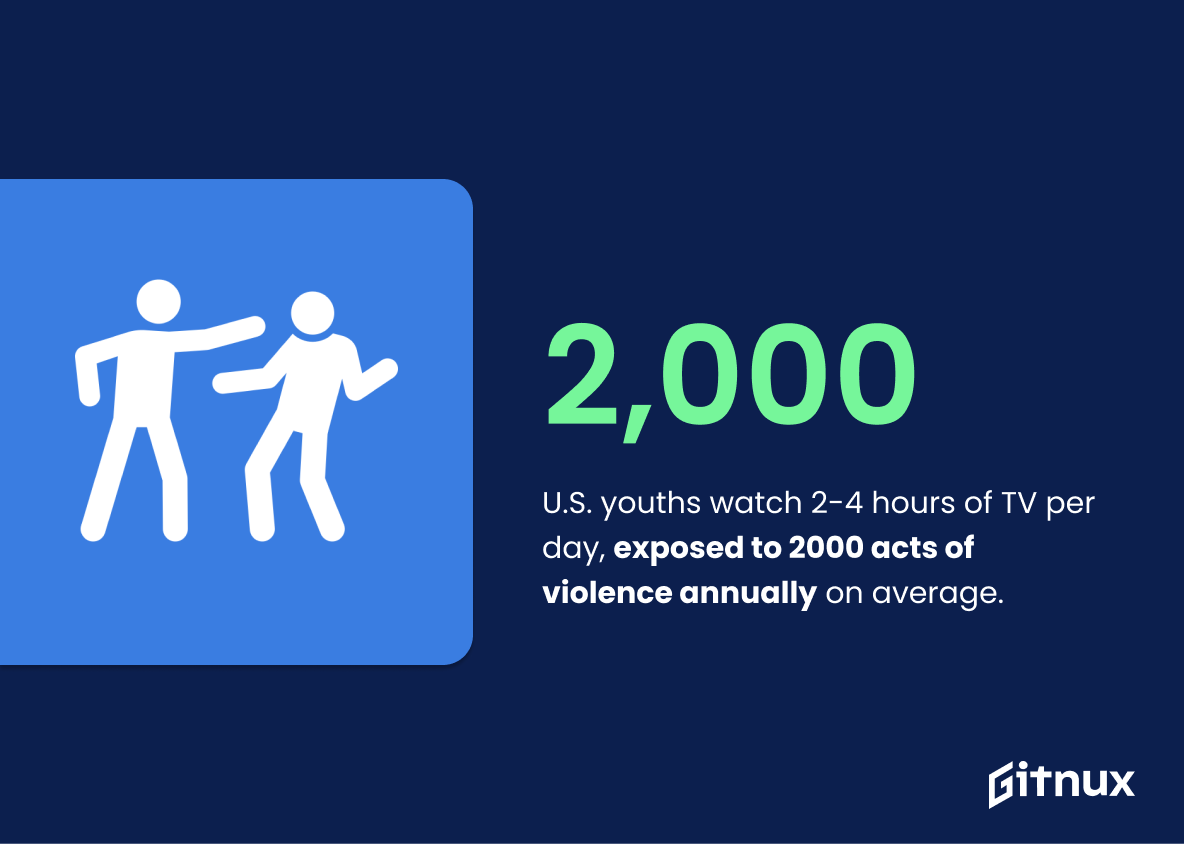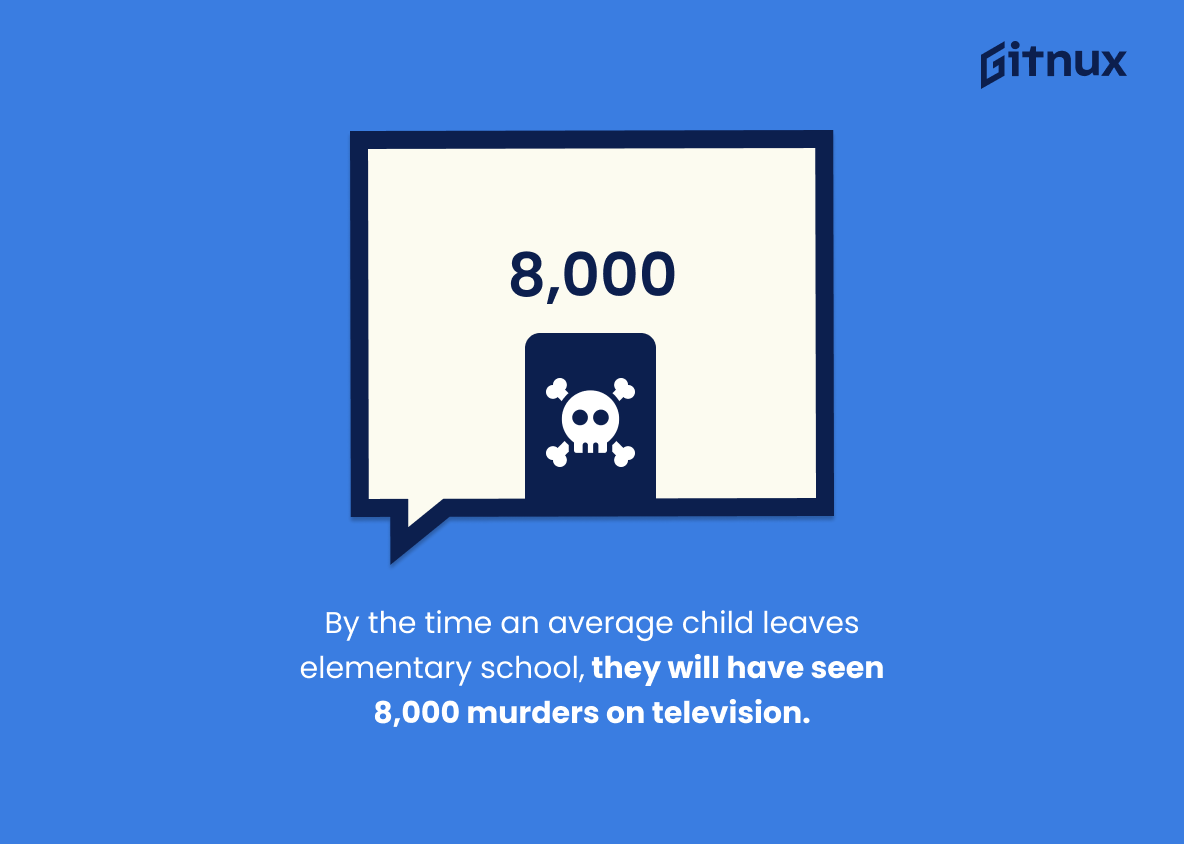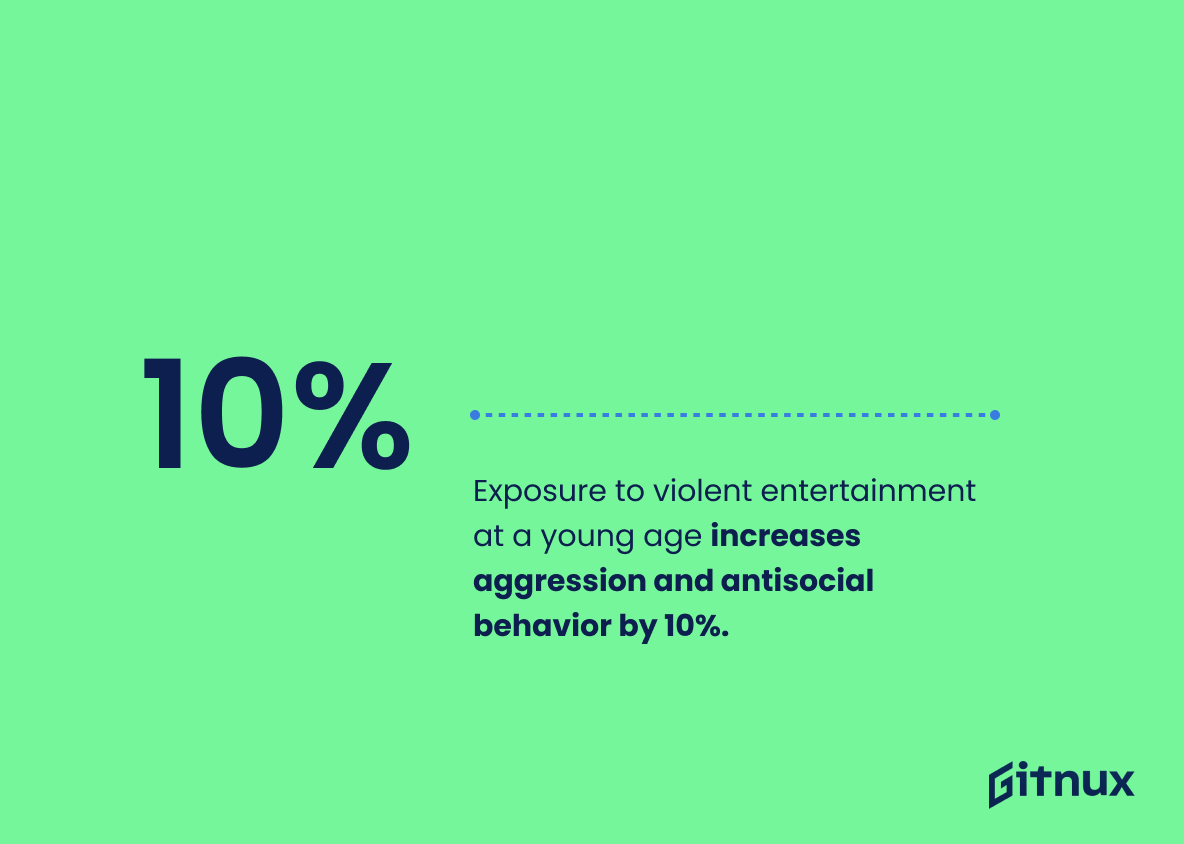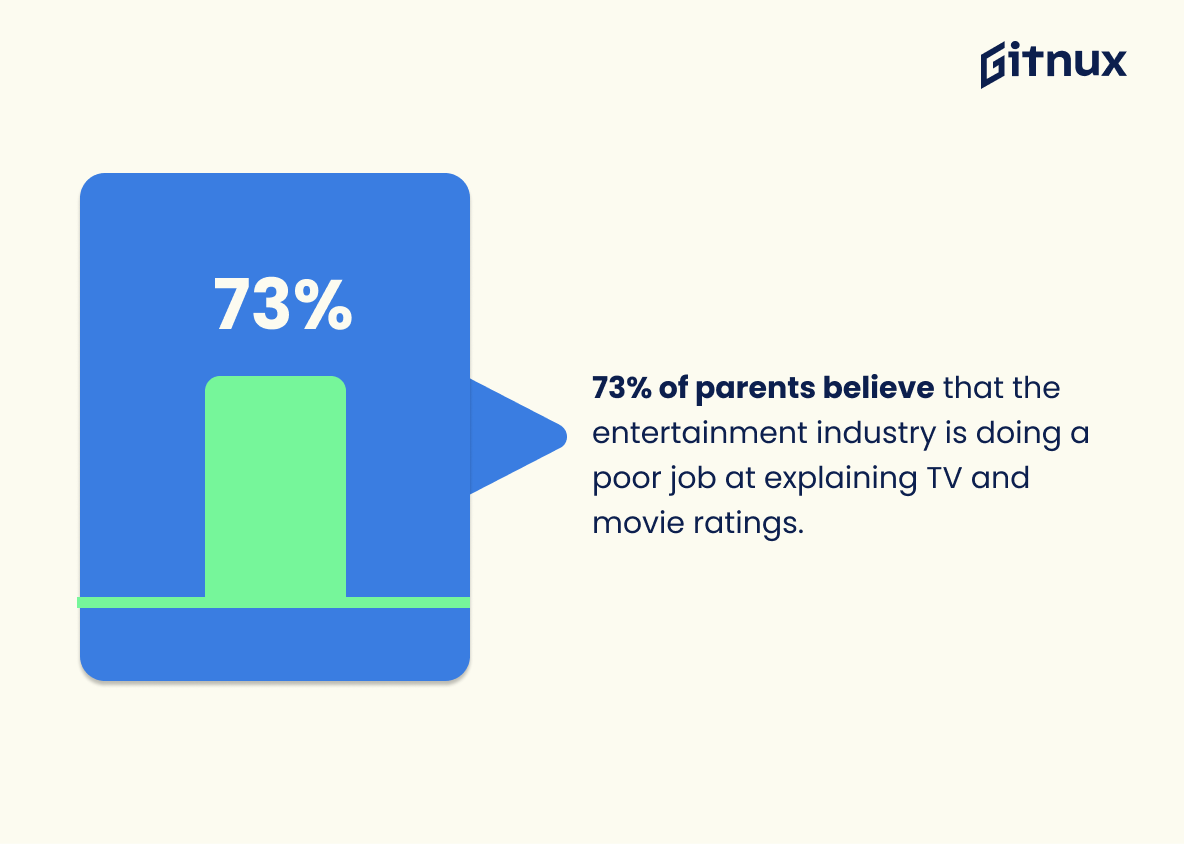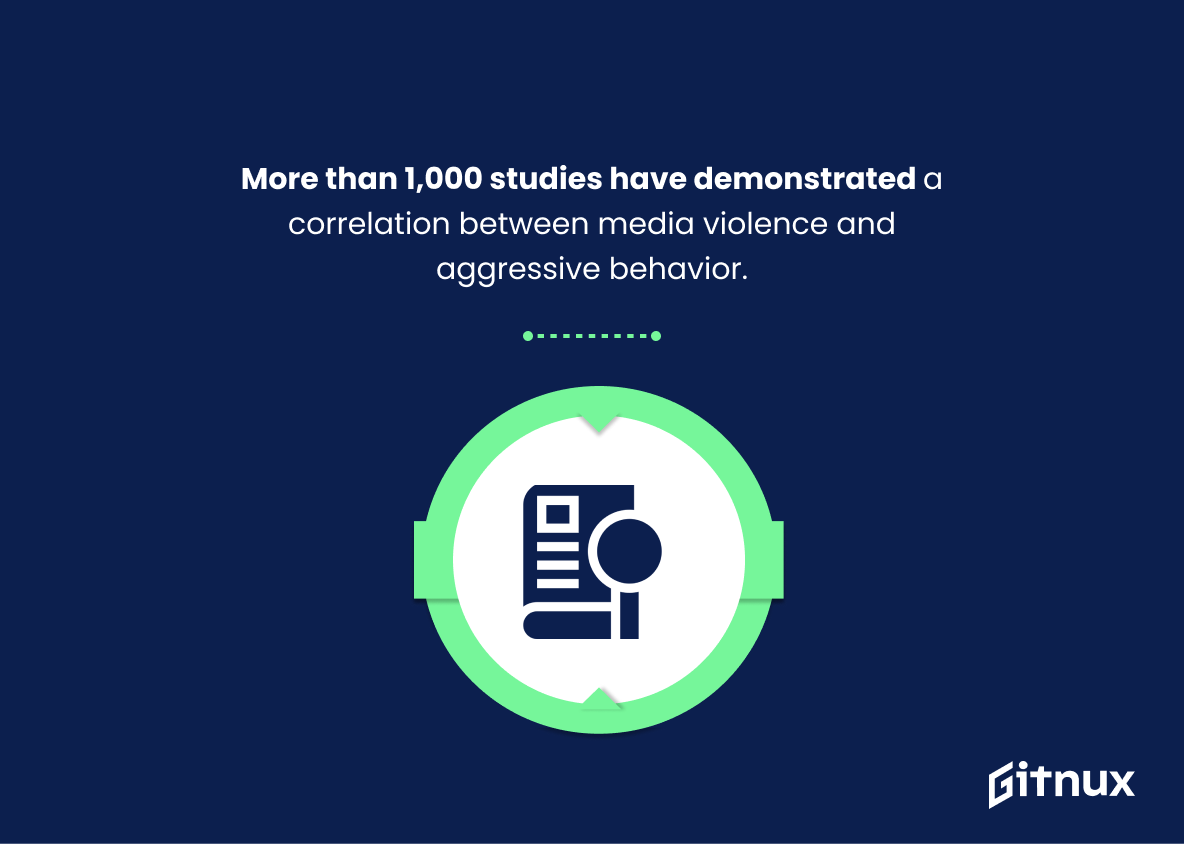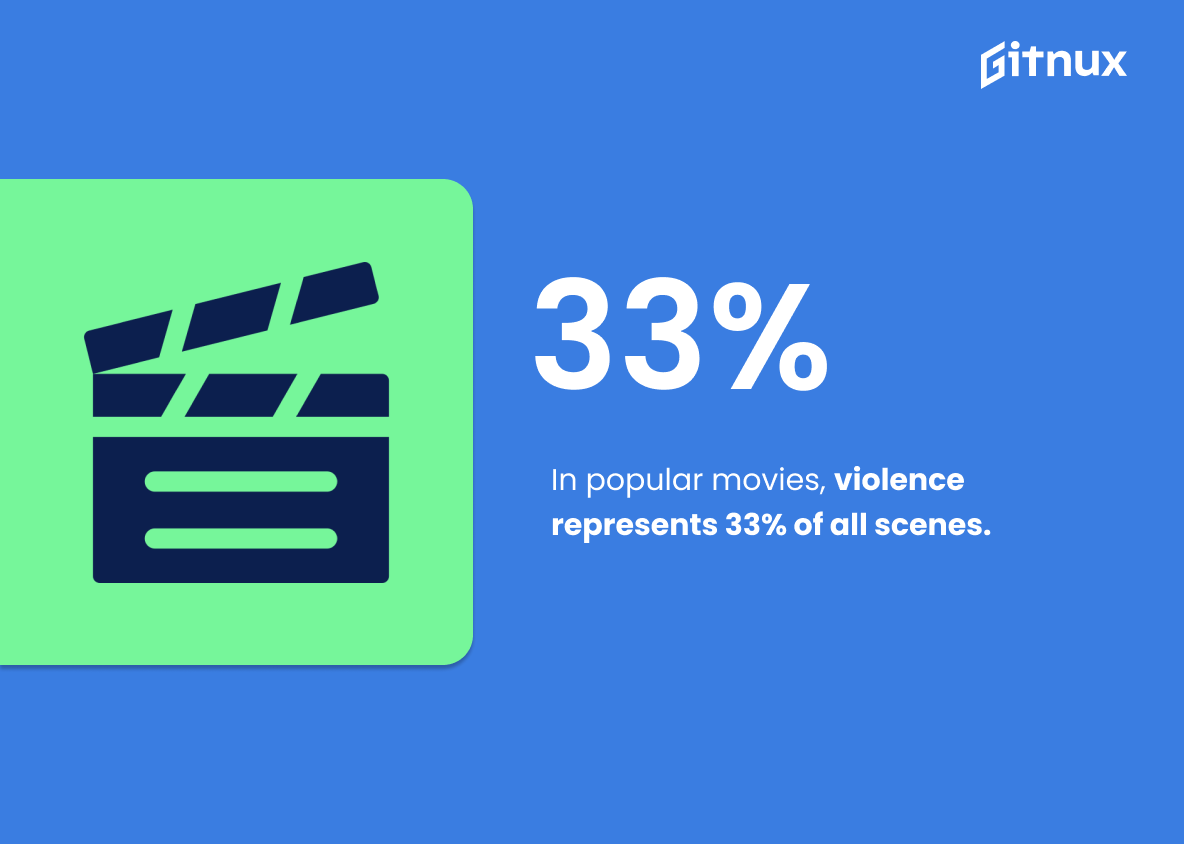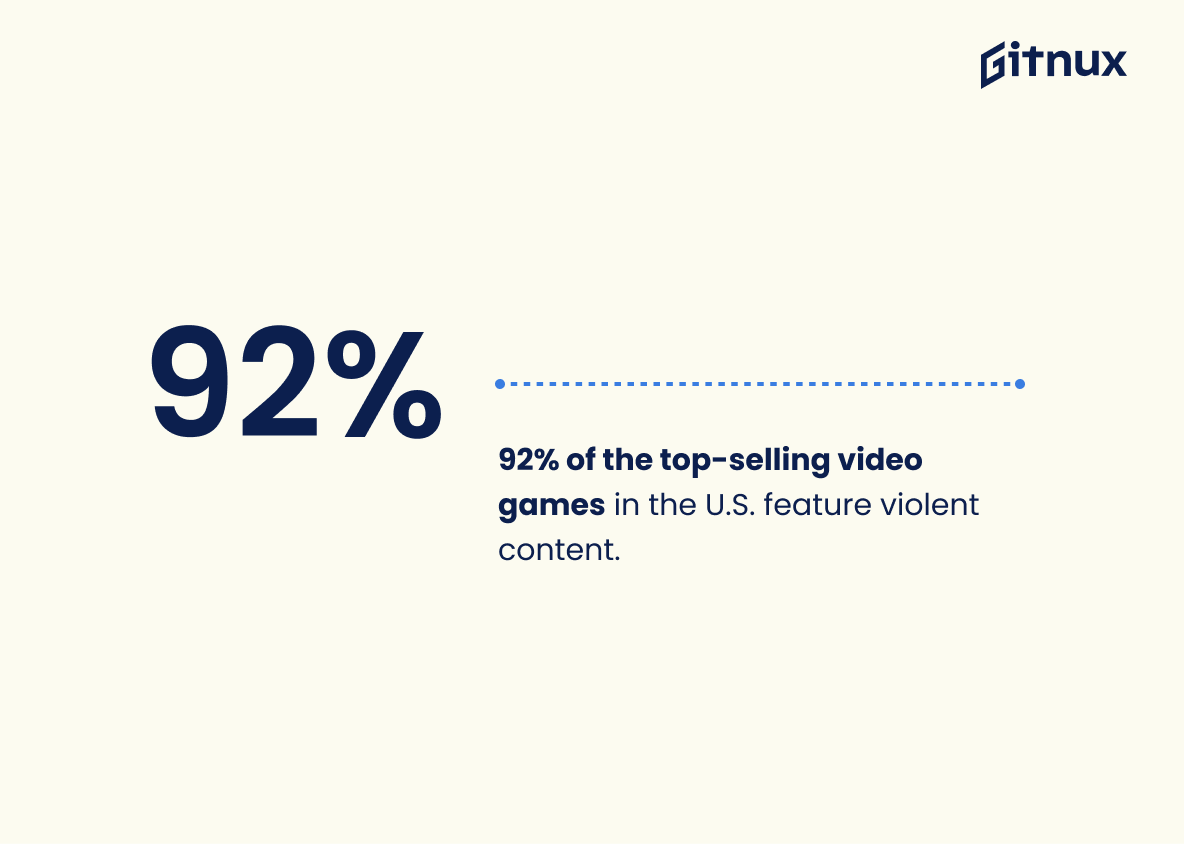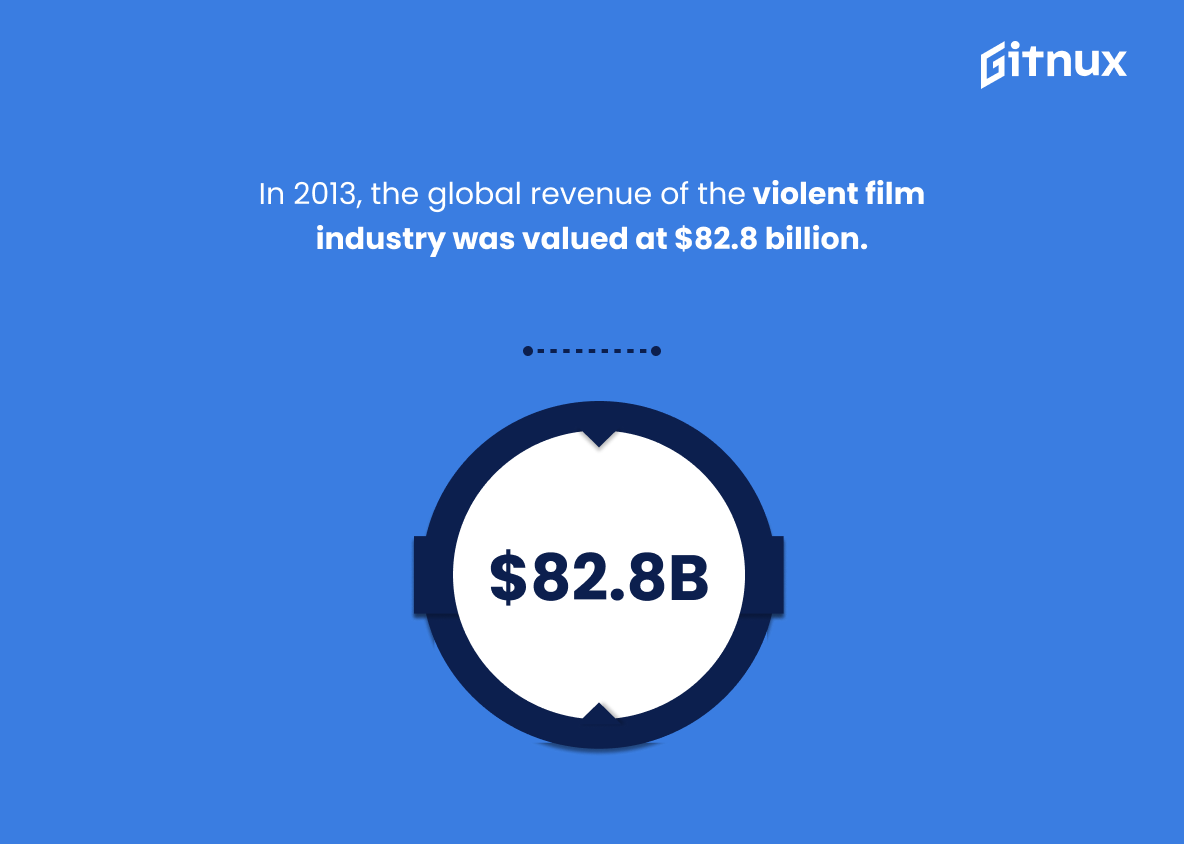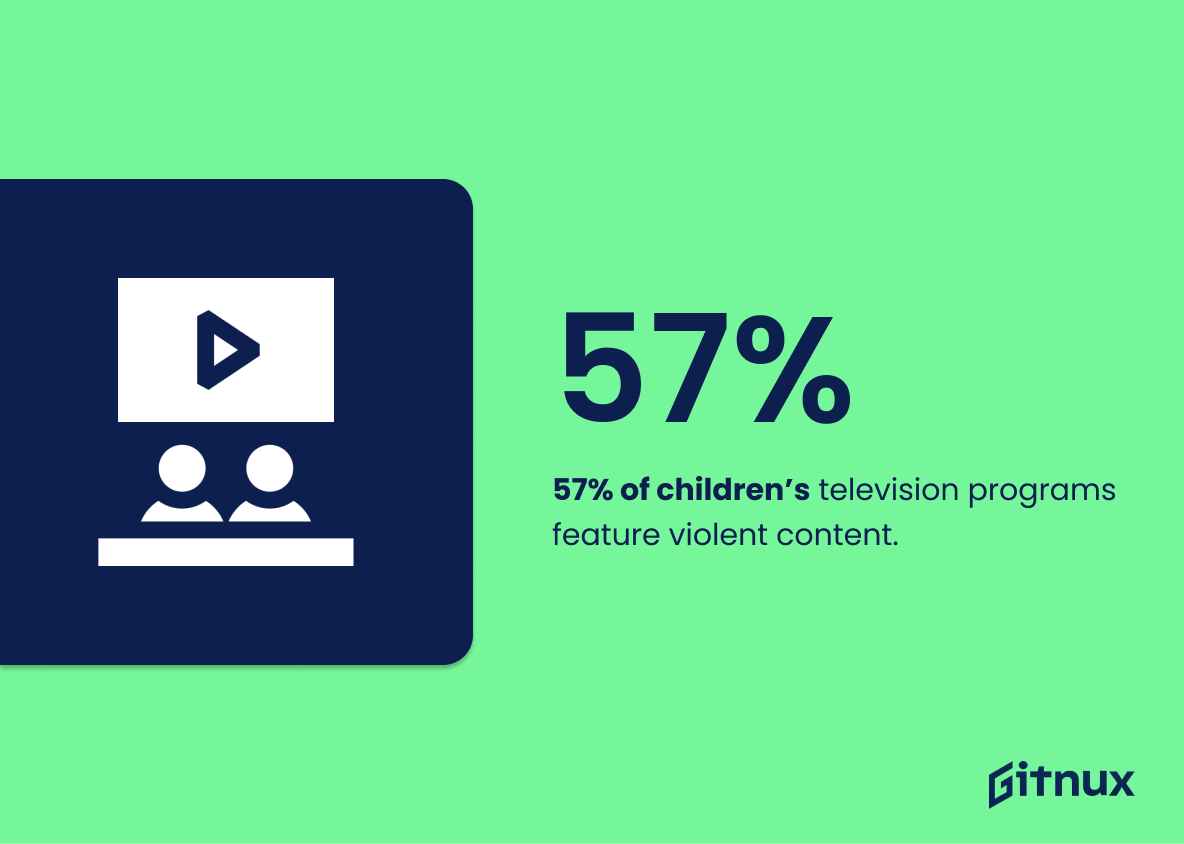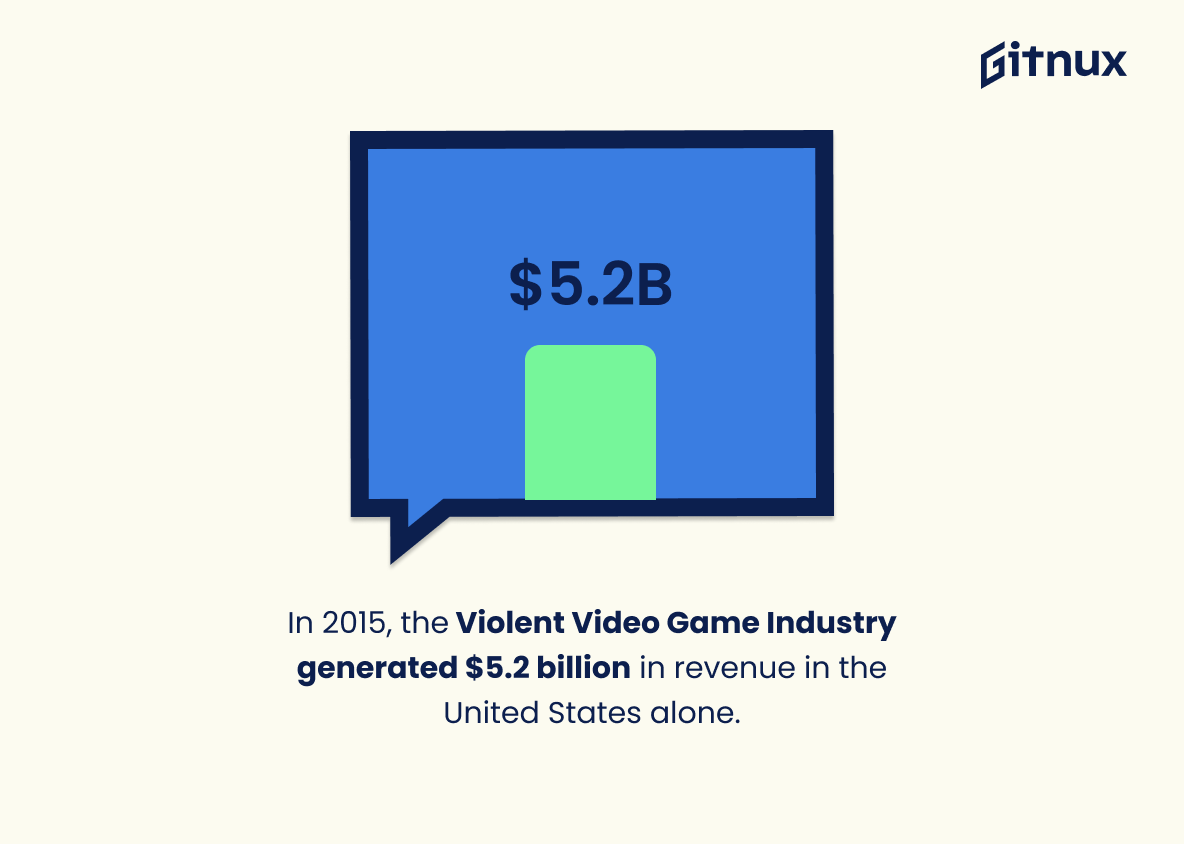Violence in entertainment has become a major issue of concern for parents, educators, and policy makers. Recent statistics show that violence is pervasive across all forms of media – from movies to television programs to video games. In the United States alone, 80-90% of movies contain some form of violence while 60% of television programs include violent content. On average U.S youths watch 2-4 hours per day which exposes them to 2000 acts of violence annually; by the time they leave elementary school they will have seen 8,000 murders on TV. Exposure at a young age increases aggression and antisocial behavior by 10%.
Furthermore 73% percent believe that the industry does not do enough explaining ratings systems while more than 1 thousand studies demonstrate correlation between media violence and aggressive behavior with high levels linked to delinquency fighting at school physical aggression etc.. Additionally 33 %of popular movie scenes are violent 90 %of E10+ rated video games feature it teens who watch high level tend be 49 %more aggressive in future compared peers watching less 70 %primetime contains sexual content often mixed with it global revenue film industry was valued 82 .8 billion 2013 earned total 2 .98 box office worldwide 57 children’s tv features 2015 US generated 5 .2 itself these facts alarming should taken into consideration when deciding what our kids exposed too
Violence In Entertainment Statistics Overview
On average, U.S. youths watch 2-4 hours of television per day, exposed to 2000 acts of violence annually.
This statistic serves as a stark reminder of the prevalence of violence in entertainment that U.S. youths are exposed to on a daily basis. With an average of 2-4 hours of television watched per day, and 2000 acts of violence witnessed annually, it is clear that violence in entertainment is a pervasive issue that needs to be addressed.
By the time an average child leaves elementary school, they will have seen 8,000 murders on television.
This statistic is a stark reminder of the prevalence of violence in entertainment that children are exposed to. It highlights the need for parents and guardians to be aware of the content their children are consuming and to take steps to ensure that they are not being exposed to excessive violence. It also serves as a call to action for the entertainment industry to be more mindful of the messages they are sending to young viewers.
Exposure to violent entertainment at a young age increases aggression and antisocial behavior by 10%.
This statistic is a powerful reminder of the potential consequences of exposing young people to violent entertainment. It highlights the need for parents and guardians to be mindful of the media their children are consuming, as it could have a lasting impact on their behavior. It also serves as a warning to those creating and distributing violent entertainment, as it shows the potential harm it can cause.
73% of parents believe that the entertainment industry is doing a poor job at explaining TV and movie ratings.
This statistic is a powerful indicator of the public’s opinion on the entertainment industry’s efforts to inform viewers of the content of their products. It suggests that the majority of parents feel that the industry is not doing enough to provide clear and accurate ratings for TV and movies, which could lead to an increase in exposure to violent content for children and young adults. This is an important issue to consider when discussing violence in entertainment, as it highlights the need for better education and communication from the industry to ensure that viewers are aware of the content they are consuming.
More than 1,000 studies have demonstrated a correlation between media violence and aggressive behavior.
This statistic is a powerful testament to the undeniable link between media violence and aggressive behavior. It serves as a reminder that the effects of violence in entertainment are real and should not be taken lightly. This statistic is a call to action for those who are concerned about the impact of violence in entertainment on our society. It is a reminder that we must take steps to reduce the amount of violence in our entertainment and to ensure that our children are not exposed to it.
In popular movies, violence represents 33% of all scenes.
This statistic is a stark reminder of the prevalence of violence in popular movies. It serves as a powerful illustration of the extent to which violence is featured in entertainment, and how it has become normalized in our society. It is an important statistic to consider when discussing the impact of violence in entertainment on our culture.
Video game sales in the U.S. reached $21.53 billion in 2020, with a significant portion being violent games.
This statistic is a powerful indicator of the prevalence of violent video games in the U.S. It speaks to the fact that, despite the ongoing debate about the effects of violent media on society, these games remain popular and profitable. This statistic is an important piece of the puzzle when it comes to understanding the impact of violence in entertainment on our culture.
92% of the top-selling video games in the U.S. feature violent content.
This statistic is a powerful indicator of the prevalence of violent content in the most popular video games in the U.S. It speaks to the fact that violence is a pervasive element in the gaming industry, and that it is a major factor in the success of many of the top-selling titles. This statistic is an important piece of evidence in any discussion of violence in entertainment, and it serves to illustrate the extent to which violence is a part of the gaming landscape.
Children playing violent video games are more likely to identify with violent characters and consider them role models.
This statistic is a powerful reminder of the potential influence of violent video games on children. It highlights the need for parents to be aware of the content their children are exposed to and to take steps to ensure that they are not being exposed to violent characters and role models. It also serves as a warning to those creating and marketing violent video games, as they should be aware of the potential impact their products can have on young minds.
In 2013, the global revenue of the violent film industry was valued at $82.8 billion.
This statistic is a stark reminder of the immense financial success of the violent film industry, highlighting the prevalence of violence in entertainment. It serves as a powerful indicator of the influence of violent films on society, and the need to consider the implications of such a large industry.
57% of children’s television programs feature violent content.
This statistic is a stark reminder of the prevalence of violence in children’s television programs. It highlights the need for parents to be aware of the content their children are exposed to, and to take steps to ensure that they are not being exposed to inappropriate levels of violence. It also serves as a call to action for television networks to be more mindful of the content they are producing for children, and to strive to create more positive and educational programming.
In 2015, the Violent Video Game Industry generated $5.2 billion in revenue in the United States alone.
This statistic is a powerful indicator of the immense popularity of violent video games in the United States. It speaks to the fact that despite the controversy surrounding the genre, people are still willing to invest in these games. This statistic is a testament to the influence of violence in entertainment, and it serves as a reminder that the issue of violence in entertainment is far from resolved.
Conclusion
The statistics presented in this blog post demonstrate the prevalence of violence in entertainment, particularly movies and video games. It is clear that exposure to violent content can have a negative impact on children’s behavior and development. Parents should be aware of the potential risks associated with their child’s media consumption habits, as well as take steps to limit or monitor their access to such material. Additionally, it is important for parents to educate themselves about ratings systems so they can make informed decisions when selecting appropriate forms of entertainment for their family.
References
0. – https://www.www.researchgate.net
1. – https://www.indiana.edu
2. – https://www.www.nyfa.edu
3. – https://www.www.ibisworld.com
4. – https://www.www.statista.com
5. – https://www.pubmed.ncbi.nlm.nih.gov
6. – https://www.www.commonsensemedia.org
7. – https://www.www.apa.org
8. – https://www.www.nytimes.com
9. – https://www.www.ncbi.nlm.nih.gov
10. – https://www.ascor.uva.nl
